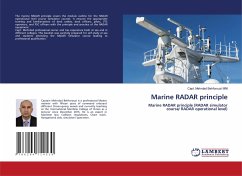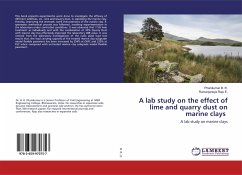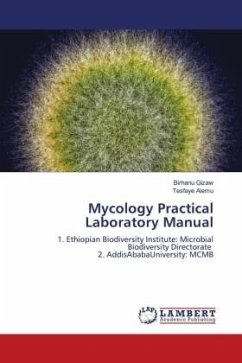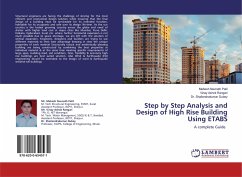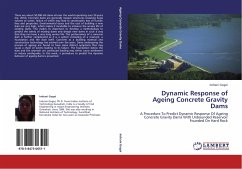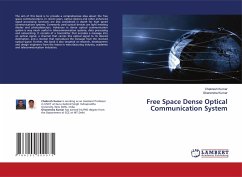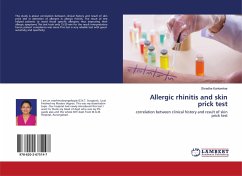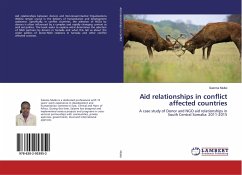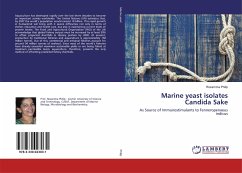
Marine yeast isolates Candida Sake
As Source of Immunostimulants to Fenneropenaeus indicus
Versandkostenfrei!
Versandfertig in 6-10 Tagen
47,99 €
inkl. MwSt.

PAYBACK Punkte
24 °P sammeln!
Aquaculture has developed rapidly over the last three decades to become an important activity worldwide. The United Nations (UN) estimates that, by 2037 the world's population would exceed 10 billion. This rapid growth in humankind will bring with it severe difficulties not only in terms of shelter, education and health care, but also in maintaining current levels of protein intake. The Food and Agricultural Organization (FAO) of the UN acknowledge that global fishery output must be increased by at least 50% to offset projected shortfalls in dietary protein by 2030. At present, production by t...
Aquaculture has developed rapidly over the last three decades to become an important activity worldwide. The United Nations (UN) estimates that, by 2037 the world's population would exceed 10 billion. This rapid growth in humankind will bring with it severe difficulties not only in terms of shelter, education and health care, but also in maintaining current levels of protein intake. The Food and Agricultural Organization (FAO) of the UN acknowledge that global fishery output must be increased by at least 50% to offset projected shortfalls in dietary protein by 2030. At present, production by traditional fisheries and aquaculture is approximately 150 million tonnes. Out of this, commercial and artisanal fisheries account for around 94 million tonnes of seafood. Since most of the world's fisheries have already exceeded maximum sustainable yields or are being fished at maximum permissible levels, aquaculture, therefore, presents the only method of offsetting predicted fishery shortfalls.



